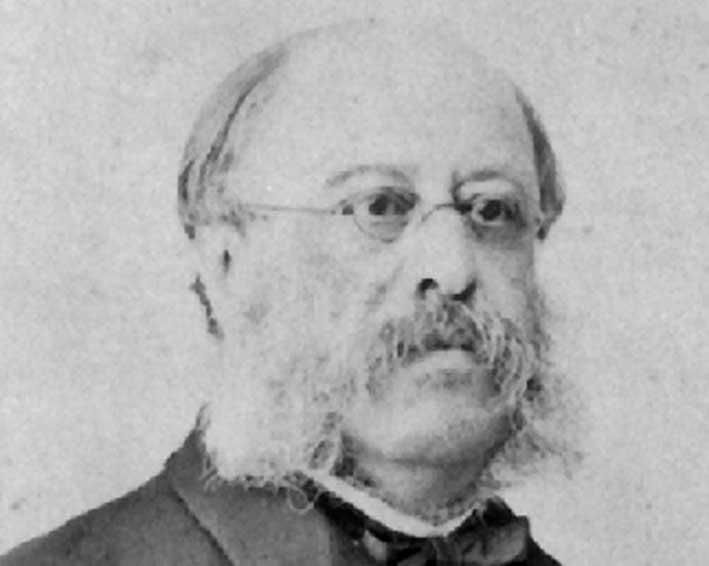The Societa' Economico-Agraria, founded in 1844, was responsible for organising the first agricultural show at Buskett. This was during the Mnarja feast of 1854, a national festival dedicated to the feast of St Peter and St Paul which is held on 29 June of each year and the origins of which date back to the 16 century.
Mnarja, originally luminarja, is derived from the Latin word Luminare (lighting up). Every year, since the 16th century, the Knights of the Order of St John made it a point to have candles, torches and bonfires lit as homage to the saints.
In December 1837, the Societa Medica d'Incoraggiamento di Malta was founded and besides encouraging the study of medical aspects, it gave special importance to the study of Natural History.
In 1840 Antonio Schembri was accepted as an honorary member of the Societa' Medica and in 1844, this Society entrusted him with acting as secretary among 40 chosen members to organise a new society whose aim was to encourage sound agricultural methods in our islands.

Schembri undertook this work with great ability. This new society came to be known as Societa Economico-Agraria del Gruppo di Malta and it was to it that Schembri devoted most of his later years. He served as its secretary from the time of its inception till 1855 and as its president from 1855 to 1872 after which he was struck by a serious illness and later passed away.
Another Maltese personality involved in the Societa' was Professor Stefano Zerafa (1791-1871), who was the first Professor in Medical Botany in Malta appointed in 1829. Zerafa was an ardent botanist and through his involvement in the Societa' contributed and promoted new agricultural methods.
The Society also published the Calendario Del Agricoltore per l'Anno, which was in time published in Italian and Maltese. This calendar gave Maltese farmers guidelines on when to sow, plant, water and till their fields and information when to gather the crops and other useful information on farming.
According to the website of the Agrarian Society of Malta, the British Colonial Government approved the setting up of the Socjeta' Agrarja on 21 March 1844. In 1940, the Society changed its name to its present name.

The Socjeta' Agrarja was run by a committee, the members of which were not all necessarily farmers or rural fold. The Society preceded the creation of the Department of Agriculture and was entrusted with the running of experimental stations for the dissemination of agricultural information to farmers and herdsmen as well as organising agricultural and livestock shows.
The Register of Contributions titled, Register of contributions in aid of the Annual Agrarian Exhibitions held by the society shows a list of contributors for the holding of two exhibitions at the Upper Barakka held in the year 1868 and to reduce part of the Upper Barrakka into a garden.
The register contains the names of several personalities, whose contributions made possible yearly exhibitions at the Upper Barrakka. These included high-ranking officers, members of the nobility and businessmen, including the Governor of Malta who supported these initiatives.
Here are listed some of the people who participated:
- General Sir Patrick Grant (1804-1895), Governor of Malta (1867-1872) who contributed 10 pounds to help in the cultivation and setting up of the Barakka exhibition.
- Lady Grant contributed 2 pounds
- Baron Azzopardi contributed 2 pounds
- Canon Paolo Pullicino (1815-1890) considered as the father of Maltese education contributed 1 pound
- Baron De Piro contributed 1 pound
- E. J. Gingell, who was one of the persons tending the garden contributed 8 shillings 4 pence
- Francesco di Conti Manduca contributed 1 pound
- Baron Azzopardi contributed 2 pounds
- Cavalier Schembri contributed 1 pound
- Inspector General of Hospitals contributed 10 shillings
The previous year, among other donors, several members of the diplomatic corps had also contributed towards the holding of two 1867 exhibitions:
- Console di Francia contributed 1 pound
- Console Greco contributed 1 pound
- Console d'Italia contributed 1 pound
- Console Austriaco contributed 2 pounds
These donations give a glimpse at the generosity of the different social classes which made possible the holding of annual agrarian exhibitions organised by the Societa' Economico-Agraria in Malta. The absence of such support would have made it impossible to have part of the Upper Barakka turned into a garden for these events.
The Soċjeta' Agrarja is not only one of the oldest organisation to be set up exclusively through Maltese initiative, but it is the organisation which, since 1854, contributed towards the organisation of exhibitions of fruit and vegetables, poultry and other animals at the Mnarja. Without such exhibits, the Mnarja would have been divested from its central crowd-pulling events.